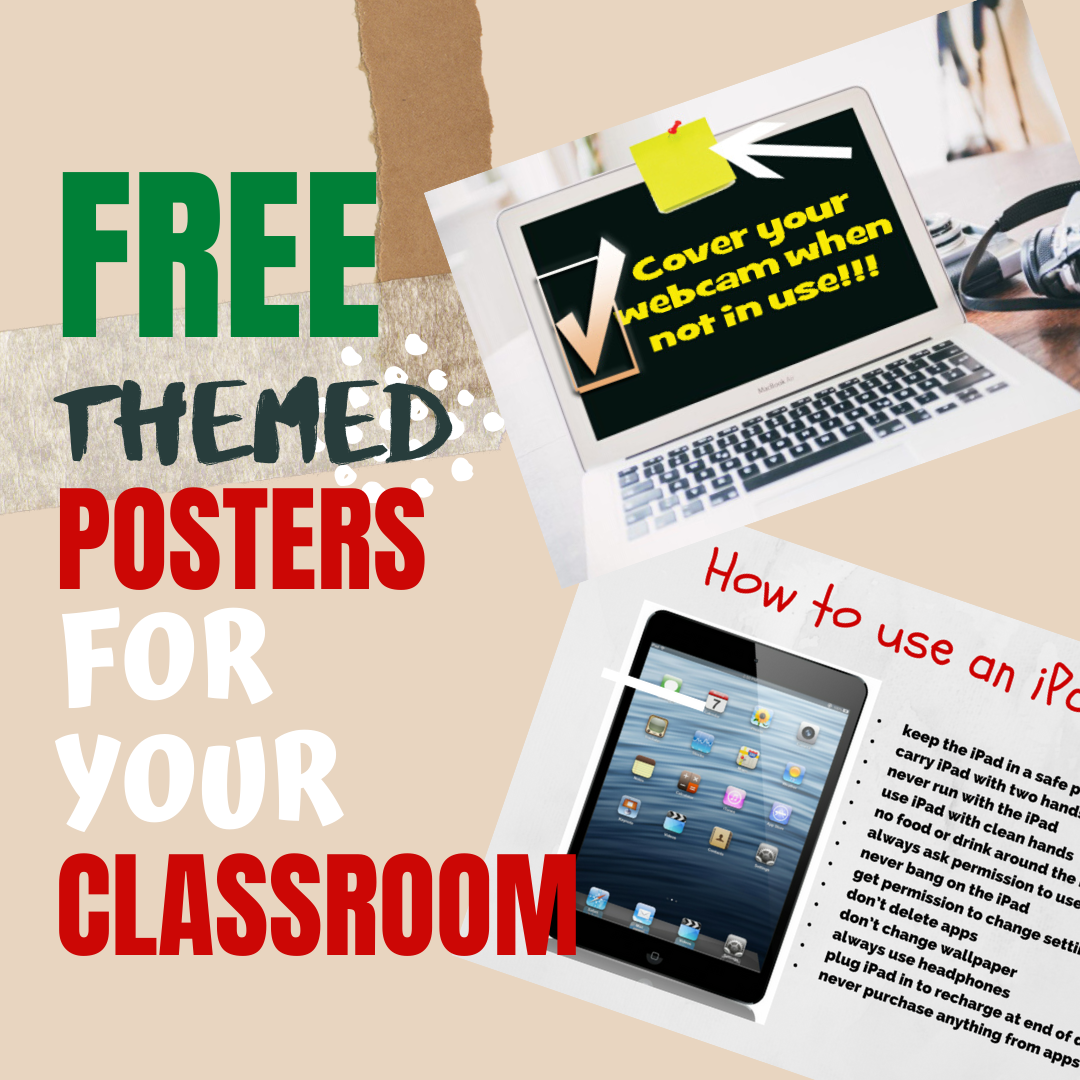When students — and adults — think of learning to keyboard, it usually generates images of rote drills where you sweat over a keyboard as you’re graded on speed and accuracy.
Trying to change that image is what has driven many teachers to online sites but these too often teach in an automated, undifferentiated way — logon, do exercises, repeat — that bores some and doesn’t work for others.
The feedback I often get on these sorts of sites is that students do improve speed and accuracy but only on the site. When they apply the knowledge to authentic situations (like typing a book report or an essay), students return to hunt-and-peck, watching their hands, and hating what they’re doing.
There’s a better way to learn keyboarding: Blended Learning. When I teach keyboarding, I use a variety of approaches, none too long and never too much, so each remains fresh and challenging rather than boring and repetitive. Here are some of the methods I mix up in my classes:
Finger Exercises (unplugged learning)
Several times a month, do finger exercises to encourage use of all digits and remind students they have eight fingers and a thumb (don’t use left thumb). Here are four popular ones with my students. Mix them up over the year:
Warm up Fingers: Lay your hand flat on a table with all fingers touching. Spread your fingers apart as far as possible and hold for three seconds. Close fingers together. Repeat 10 times. Next, lift each finger and move it around, then lower it, one at a time until you’ve exercised each.
Stretch Fingers: Hold hands facing each other. Touch the right thumb to the left thumb. Touch the right pointer to the left pointer. Repeat until all fingers are touching. With fingers pressed together, pull palms away from each other creating a cup shape with fingers and palm. Starting at the fingertips, slowly move palms closer together, rolling the pressure down the fingers until all fingers are pressed together. Hold for 10 seconds. Repeat 10 times.
Aerobics for Fingers: Hold hand in the air with fingers spread apart so it looks like a “high-five.” Move each finger, one at a time, to the palm and press. Fingers not pressing into the palm should be held as straight as possible. After one round, try again faster. Repeat 10 times.
Weight Training for Fingers: Grab a scrap piece of paper and crumble it into a ball with one hand. Squeeze the paper ball tightly and hold for 10 seconds. Repeat with the other hand.
Rote drills
Students practice drills on one of the many online keyboarding programs, working through lessons and learning key placement. Some are graduated programs that included a years worth of lessons and systematically move students through the keyboarding learning curve. These include:
- QwertyTown–fee-based, well done
- Type Kids–graduated program of touch typing
- Type to Learn–fee, aligned between home and school
- Typing Instructor–complete online program (fee)
- TypingWeb.com—a graduated course
Others focus on specific interest, allowing you as the teacher or student to choose where you need help. These include:
- Free typing tutor
- Keyboarding—lessons
- Keyboarding—more lessons
- Keyboarding—quick start
- Typing.IO–typing code for practice
Row-by-row practice
There’s a lot of benefit to teaching keyboarding row-by-row. I am always surprised that more online programs don’t teach that way. After all, it is how lots of kids think. I start the year with row-by-row practice, one a month, in a rote drill fashion, and then move on to all the keys after three months.
Here are some of my favorites for those first three months:
- Dance Mat Typing (only home row)
- KidzType
- Peter’s Online Typing
- Popcorn Typer
- Typing Home
Word lists
Using word lists is a great way to practice keyboarding while learning those important word lists that populate every grade level. The best site I’ve found for that is Type Dojo. Here, you can find grade-level appropriate lists for Dolch Words, Fry Words, Marzano Words, compound words, phrases, and more. This integrates excellently with literacy and word study as well as spelling and vocabulary lessons.
Games
There are lots of online games for teaching typing but I know of only one site that gamifies the entire typing curriculum. That’s Typing Tournament. It’s a complete, 10-finger typing course for ages six to adult. Using a motivational medieval tournament theme, it progressively introduces the whole keyboard with 128 lessons, games, and drills. Included are teacher accounts, reports, and full Google Classroom integration.
If you’re looking for traditional keyboarding games, here are some you’ll like:
- Big Brown Bear for youngers
- KidzType Collection
- NitroTyping for olders,
Challenges
There are three keyboarding challenges I use with students:
- personal competition — students compete against themselves. Improvement is acknowledged two ways: 1) with a grade-level Certificate of Achievement asserting that the student has completed all required grade-level keyboarding skills (such as speed ); and 2) with a published list of all students who have achieved the grade-level requirements in keyboarding (such as speed and accuracy).
- group competition — where we take a day, break the class into groups, and students compete against each other to share their knowledge of keyboarding protocols and skills — very fun!
- class competition — where students compete as a class to see which is the fastest class in keyboarding speed and accuracy
Quizzes
Assess student knowledge of key placement as well as location of the most important keys they’ll use while typing. Do this a few times a year and track progress. By fifth grade, just in time for a focus on touch typing required for the volume of middle school computer work, students should know where all the keys are without looking at their hands.
Here are templates to help with this unplugged activity:
As a quick warm-up or exit ticket, have students fourth grade and older check their typing speed on one of these free sites:
Authentic integration
Typing is best learned by using it in class projects. These can be completed using installed software (TuxPaint, KidPix, MS Word) or online tools (Google Docs, My Storymaker, Storybird, Animoto). These can be short reports, a letter, a story — or pick one that works for your school environment.
All it takes to unpack this alternative is to remind students to follow good keyboarding habits while doing their normal classroom projects. Here are examples:
Keyboarding Curricula
There are a variety of keyboard curricula that integrate all of these options into one effective ongoing program. The ones I particularly like (full exposure: I was involved in the creation of both) are:
If you’re looking for keyboarding practice to address the special needs of students, here are some good options:
- Four one-handed keyboards
- One-handed typing (video)
- One-handed typing II (video)
- One-handed typing with a FrogPad
–published first on TeachHUB
Jacqui Murray has been teaching K-8 technology for 20 years. She is the editor/author of over a hundred tech ed resources including a K-8 technology curriculum, K-8 keyboard curriculum, K-8 Digital Citizenship curriculum. She is an adjunct professor in tech ed, CSG Master Teacher, webmaster for four blogs, an Amazon Vine Voice reviewer, CAEP reviewer, CSTA presentation reviewer, freelance journalist on tech ed topics, and a weekly contributor to TeachHUB. You can find her resources at Structured Learning. Read Jacqui’s tech thriller series, To Hunt a Sub and Twenty-four Days.







































6 thoughts on “Keyboarding 101”
Comments are closed.